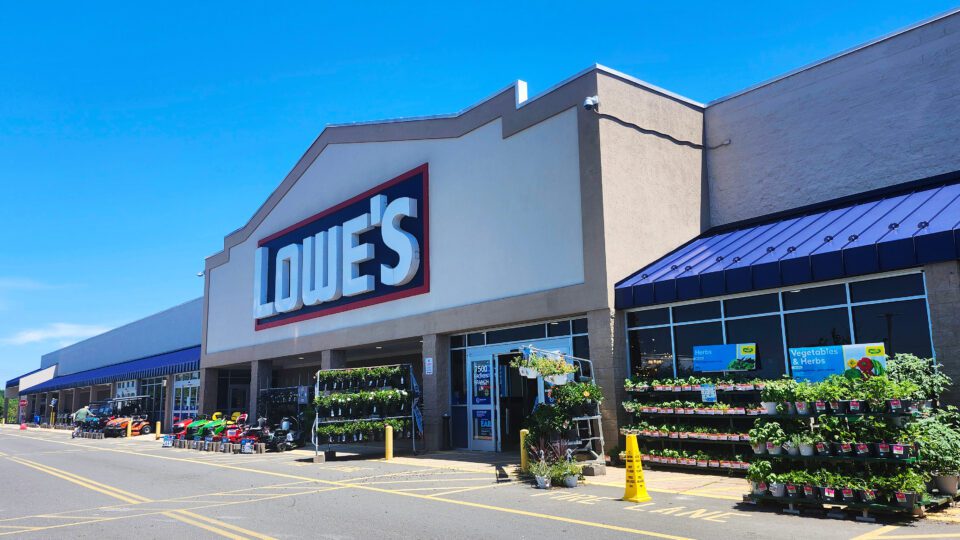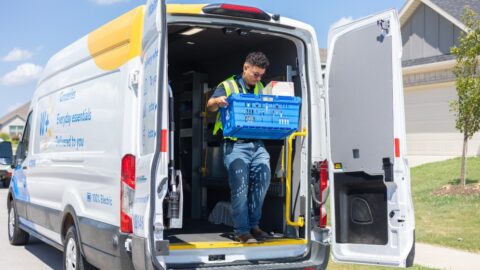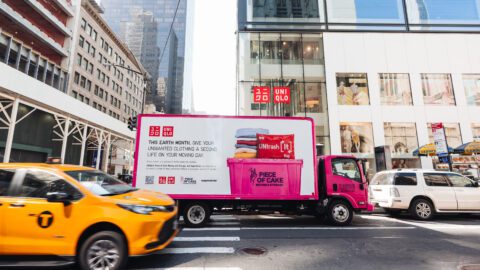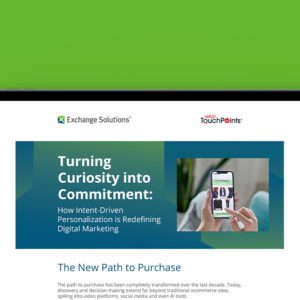Jennifer Wilson has been SVP and Chief Marketing Officer of Lowe’s for less than six months, but her nearly two-decades-long career at the home improvement retailer puts her in a unique position to push the business to the next level.
“Being at a brand for 18 years, people might think I would do what we’ve always done or what’s safe,” Wilson said during Shoptalk Fall. “But I want to do what’s unsafe and push against [category conventions].”
For Wilson that means reaffirming the broader business impact of marketing and identifying new ways to reach and resonate with consumers, especially the elusive Gen Z. In her expanded role, Wilson oversees strategic brand and product marketing, loyalty and personalization, promotional planning, creative, media and Lowe’s retail media network. She also is building a new customer experience integration organization to deliver more unified end-to-end customer journeys.
“For marketers, incrementality is paramount,” Wilson said. “Driving the business and driving a big marketing idea can’t be mutually exclusive. That’s part of why we stood up this customer experience team, because if you think about a journey from end to end, there’s probably very few perfect shopping experiences at any retailer you visit today. Imagine what you could drive in terms of additional revenue if you just fixed three of the seven steps along that journey. That’s what we’re really after. It’s not just creating new experiences but fixing existing experiences so that we can go pick up the fruit on the ground as it relates to incremental revenue.”
Advertisement
Creating Value Across the Organization
With Lowe’s heightened focus on unified commerce — a topic that in general was a big theme during Shoptalk Fall sessions — Wilson noted that her team aims to add strategic and tactical value to other core functions, from finance to merchandising. “As a marketer, I truly believe that marketing ideas cannot work unless they’re synonymous with business ideas,” she said.
Wilson reports directly to Bill Boltz, EVP of Merchandising in her role, which puts her in a unique position to connect her ideas to tangible product sales. “I spent half my career in merchandising and half in marketing, and I think by design, I view a marketer’s role as being a revenue driver,” Wilson said. “In this field, we often talk about the fact that we don’t own a P&L, but I like to push against that. It is our job to drive revenue for the company. One way to do that is through a media network, and we know many retailers are in that space. Another way to do that is through personalization and building that flywheel of more consumers making more frequent trips because you’re more relevant with your messages and your product.”
To activate this flywheel, Wilson and her team refer to high-impact consumer insights, financial data, as well as first- and third-party data gathered from the Lowe’s MyRewards loyalty program and the Lowe’s Media Network. These insights help the team understand consumers’ behaviors and expectations in terms of marketing, but also products and in-store experiences, as well.
“I don’t think you’ll find a single marketeer who doesn’t live and love data,” Wilson said. “We’re always looking for the next big consumer trend, and we’re always talking to consumers.” Certainly, we know the power of financial data and the fact that we’re always looking for that one more trip, or how we can add things to the basket. But what’s paramount, I think, is first- party and third-party data, and how we think about combining them, not just through the richness of what a loyalty program offers, but then maximizing that data through our retail media network and making sure tht our advertisers have access to these rich audiences. That way, we can clearly understand where these consumers are on their home improvement journey, and target them with the right message at the right time.”
Wilson added that data helps uncover “adjacency opportunities” that can drive growth at a macro level. For example, Lowe’s found that many consumers moved to more rural areas post-pandemic, and that there were more pets in millennial households than children. “It really was an impetus for how we could reassort for those rural stores, and how we think about pet food or apparel, ATVs or livestock feed — that’s what you’ll find in one of our rural locations,” she explained. “And then, as that flywheel starts to go, you realize that it’s not just people in rural locations that need pet food, and so all these things become ways that you can drive your brand in new and interesting ways.”
Leveling Up Loyalty
Another key initiative for Wilson was launching the MyLowe’s Rewards loyalty program so the retailer can “drive consumer preference” among its existing customer base and acquire new audiences. Lowe’s discovered through various ethnography studies that 65% of consumers in the home improvement market are not loyal to any one brand. This presented the retailer with a big challenge — and opportunity.
“The big challenge for us as a brand is how do you get these ‘switchers’ to take one more trip with you and spend one more trip with you?” Wilson said. “And it became really a discussion about frequency and deepening a loyalty commitment to these consumers.”
A critical piece of this loyalty puzzle, Wilson found, was value: “So we asked [these consumers], ‘Well, what do you mean by value?’ and they said, ‘Value is about price; we want to make sure you have the best prices.’ That really unpacked the conversation. It became about value beyond price, and that served as the inspiration for our new loyalty program, which really is a truly free loyalty program. We are the first in this big-box, home improvement space to offer a free loyalty program, both to the homeowner and to the professional customer.”
Within that “free” value proposition, Lowe’s offers the typical perks, such as free standard shipping, receiving points for purchases and getting money back. However, the program also offers free gifts, such as free flowers at the start of spring, which has been a big draw for millennial consumers.
Lowe’s also is setting its sights on the next generation of homeowners: Gen Z. More than 30% of Gen Zers age 25 and older already own a home, Wilson noted, and these consumers aren’t saving their home improvement jobs for long weekends and “staycations.” Instead, they’re scrolling their feeds and acting when inspiration and opportunity strike.
“A lot of what resonates in the beauty and fashion industries hold true for home improvement,” she explained. “Gen Zers are in love with trending product, and what we see take off, garnering 2 million views and going viral, are things like mini toolboxes or the giant skeletons and animatronics for Halloween.”
Wilson also found that children are another powerful inroad to capturing the hearts and minds of both Gen Z and millennials. “When we’re relevant to their kids, we’re a relevant brand for them,” she said. The retailer offers free workshops as part of the MyLowe’s Rewards program and these in-person experiences tend to book quickly.















